The screwdriver, an unsung hero of the tool world, plays a pivotal role in both household tasks and professional projects. Yet, with the plethora of options available, choosing the screwdriver that best suits your needs can be a daunting task. This detailed guide will lead you through the maze of choices, ensuring you make an informed decision every time.
Table of Contents
1. The Importance of the Right Screwdriver

In any fastening task, using the correct screwdriver can make a significant difference. The right tool ensures:
- Efficiency: Tasks are completed faster and with fewer errors.
- Durability: Properly driven screws last longer and hold better.
- Safety: Minimized risk of slipping or stripping the screw.
2. Different Types of Screwdrivers
Understanding the diverse array of screwdrivers is the first step in making an informed choice:
- Flathead/Slotted: Characterized by a single flat blade, it fits into screws with a straight, linear notch.
- Phillips: Has a cross-shaped tip, fitting screws with a + shaped slot.
- Torx: Comes with a star-shaped tip and is used for screws with a star-shaped hole.
- Hex (or Allen): Has a hexagonal shape, suitable for screws with a hexagonal recess.
- Pozidriv: Looks like a Phillips but has extra radial lines, offering more torque.
- Robertson (or Square): Features a square tip, fitting screws with a square hole.
3. Factors to Consider When Choosing a Screwdriver

When “choosing the screwdriver” best suited for your task, consider the following factors:
- Type of Screw: Match the screwdriver to the screw head. Using mismatched tools can damage the screw or driver.
- Size of the Tool: Ensure the screwdriver’s size corresponds to the screw size. A snug fit prevents stripping.
- Handle Grip: Look for ergonomic handles that provide comfort and reduce hand fatigue.
- Material: Opt for screwdrivers made of high-quality steel to ensure longevity and resistance to wear.
- Magnetic Tips: These can be handy, holding the screw in place and making the task smoother.
You may also want to read about advanced screwdriving techniques.
4. Tips for Maintenance and Storage
To ensure your screwdriver remains in top condition:
- Clean After Use: Wipe off any dirt or grease to prevent rust.
- Store Properly: Use a toolbox or pegboard. Keeping them in a dry place prevents moisture-related damage.
- Check for Wear: Regularly inspect for signs of wear. Damaged or worn-out tips can damage screws.
Selecting the right screwdriver is crucial for the success of your task. Armed with the knowledge from this guide, you can confidently navigate the tool aisle, ensuring every screw in your project is turned with precision and care.
While choosing the correct screwdriver is important, many DIY enthusiasts find that a reliable cordless combo kit offers the flexibility to tackle a wide range of tasks.
You may want to read also about how to measure screw size.
Note: This article serves as a comprehensive guide to choosing the right screwdriver. However, when in doubt, always seek expert advice or consult trusted sources to ensure the best results.

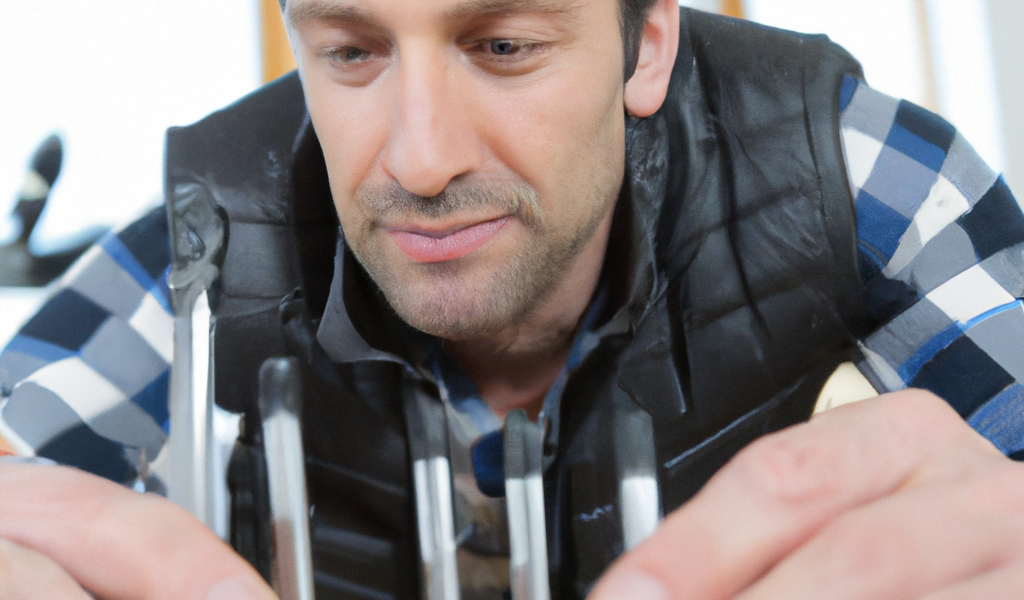
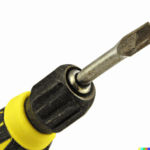
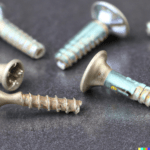
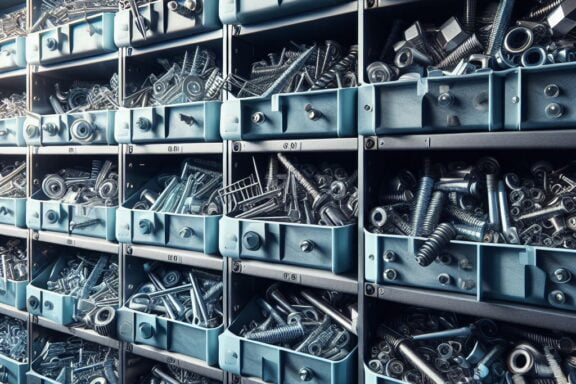
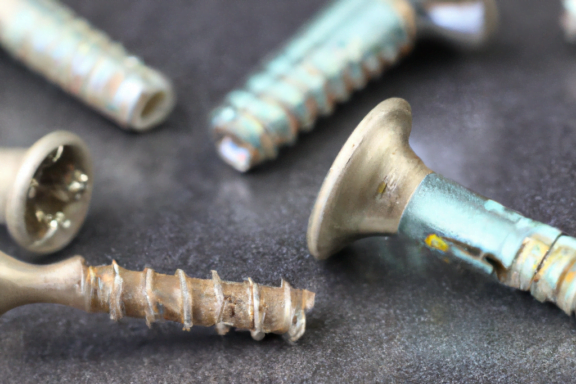
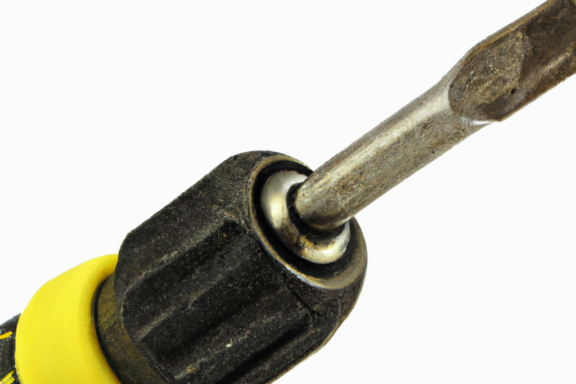
No Comments